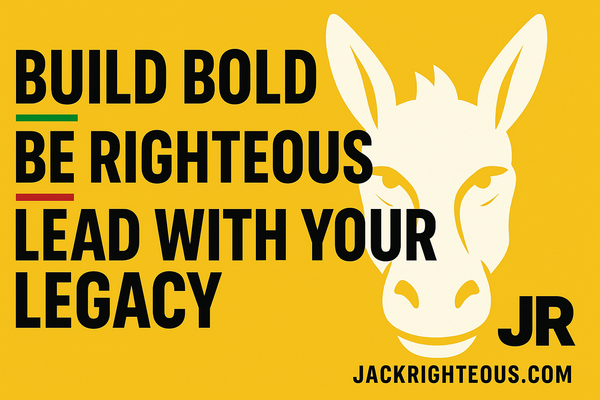
Major Labels License AI to KLAY — What Creators Must Know
Gary WhittakerAll Three Major Labels Just Licensed AI — What Creators Need to Know Now
A historic development just hit the music industry. Universal Music Group, Sony Music Entertainment, and Warner Music Group have all signed licensing agreements with KLAY Vision Inc., granting the AI platform legal permission to train models on major-label catalog content.
Not one label.
Not two.
All three.
This marks the first time a single AI company has secured comprehensive licensing from every major rightsholder — and it signals a new phase in AI music development.
For the first time, large-scale AI music generation may be able to operate inside copyright law rather than around it.
🔑 What This Deal Allows
Based on official statements from the labels, the partnership grants KLAY the ability to:
- legally train AI models on licensed music
- generate new material influenced by existing catalog
- operate under a royalty-compliant framework
- develop tools that respect artists, songwriters, and rightsholders
This positions KLAY to potentially deliver the first fully licensed AI-music generation ecosystem.
Until now, most AI audio has been either original-only or copyright-blocked. This deal opens the door to something the industry has never seen: AI interpretations of real songs with legal backing.
💥 Why This Matters for AI Creators
This affects far more than musicians.
Producers, remixers, sound designers, filmmakers, editors, voice artists, and multimedia creators could all benefit if tools emerge from this deal.
Potential future capabilities include:
- legal AI remixes of catalog music
- style or era-based generation using licensed models
- royalty-clean output suitable for distribution
- new pathways for collaboration across genres and decades
- safer publishing without copyright strikes or takedowns
This is the first real infrastructure step toward a legitimate AI music economy — one creators can participate in rather than fear.
🧠 What We Still Don’t Know
Several critical pieces remain unclear:
| Unknown | Why it matters |
|---|---|
| Royalty percentages | Determines whether creators are included or sidelined |
| Access cost | Could empower users — or price them out |
| Credit structure | Who is recognized: the creator, the model, both? |
| Submission pathways | Will indie artists be able to license their own catalogs? |
| Tool availability | Will this become open to the public or only enterprise use? |
If licensing is open and accessible, creators win. If controlled and restrictive, the power centralizes into fewer hands.
The next 6–18 months will reveal which direction this will take.
The Real Question for Creators
Does this mark the beginning of legal AI collaboration between human artists and decades of recorded music?
Or the framework for controlled, gated creative power?
The answer will shape the future of music — and digital creativity as a whole.
Your Turn — Where Do You Stand?
Leave your thoughts below:
Is this the future of AI music, or the blueprint for controlled creativity?
What do you hope comes next?
We’ll continue tracking updates and breaking them down for digital creators here at JackRighteous.com — as the future unfolds, we’ll dissect it together.

